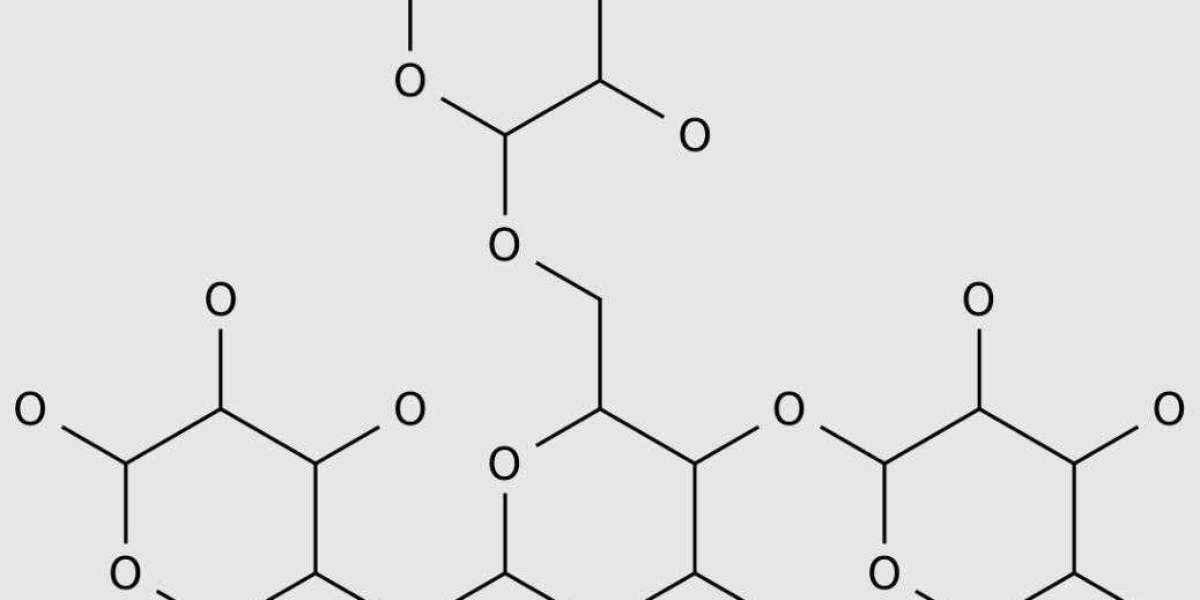Researchers have described how energy consumption and heat production in obesity are regulated through a previously unknown cellular pathway.
Humans carry at least two types of adipose tissue: white and brown. White fat cells are essentially inert containers for storing energy in the form of a single large oily droplet. Brown fat cells are more complex, containing multiple smaller droplets mixed with dark mitochondria - the organelles that give them color and are the "engines" that convert fat droplets into heat and energy.
Some people also have "beige" fat cells, brown cells found in white fat, that can be activated to burn energy.
In recent years, people have been trying to find ways to increase the activity of brown or beige adipocytes to induce adipocytes (i.e. adipocytes) to burn energy and generate heat during thermogenesis, as a means to treat obesity, type 2 diabetes and other diseases.
But the therapeutic potential of brown fat - and perhaps beige fat cells - has been hampered by the complexity of the associated processes. It was not until 2009 that people confirmed the existence of active brown fat cells in healthy adult humans; Previously, it was believed that this disease was only common in newborns.
In a new study published online in Nature on October 27, 2021, an international research team led by Dr. Alan Saltiel, director of the Institute of diabetes and Metabolic Health of the University of California San Diego Medical School and senior author, described how energy consumption and heat production in obesity are regulated through a previously unknown cellular pathway.
The body breaks down the carbohydrates it consumes into a sugar called glucose, which is the main source of cell fuel. Unneeded glucose is packaged and stored as glycogen in the liver and skeletal muscle cells, where it can be extracted and quickly used for sudden energy needs or to maintain blood sugar levels.
Unlike muscle and liver, the role of glycogen in fat has always been a mystery. Researchers have found that glycogen is not just storing energy in fat cells. It provides a signal of a significant shift in the way energy is processed.
In this "amazing discovery," Saltiel and colleagues reported that the browning of fat cells depends on their ability to produce and degrade glycogen. The conversion of glycogen sends a signal that the production of cellular "separation" ATP, the molecule that provides energy for most cellular processes, is safe.
"Separation is a way of generating heat, which helps balance energy during the process. Therefore, this approach ensures that only fat cells have sufficient energy storage to generate heat, which can be done," Saltiel said.
The dramatic increase in the global obesity population - 650 million people (13%), which has tripled since 1975 - underscores the importance of understanding how the body balances energy intake and consumption.
Glycogen regulates and promotes fat metabolism: The higher the level of glycogen, the stronger the metabolic process, and basically faster fat burning, leading to weight loss in obese mice. In humans, genes involved in these complex processes have been found to be lower in patients who are obese or prone to weight gain, indicating that glycogen pathways are needed in fat cells to burn excess weight. The authors write that new findings suggest that regulating glycogen metabolism in adipocytes may provide new ways to lose weight and improve overall metabolic health.








